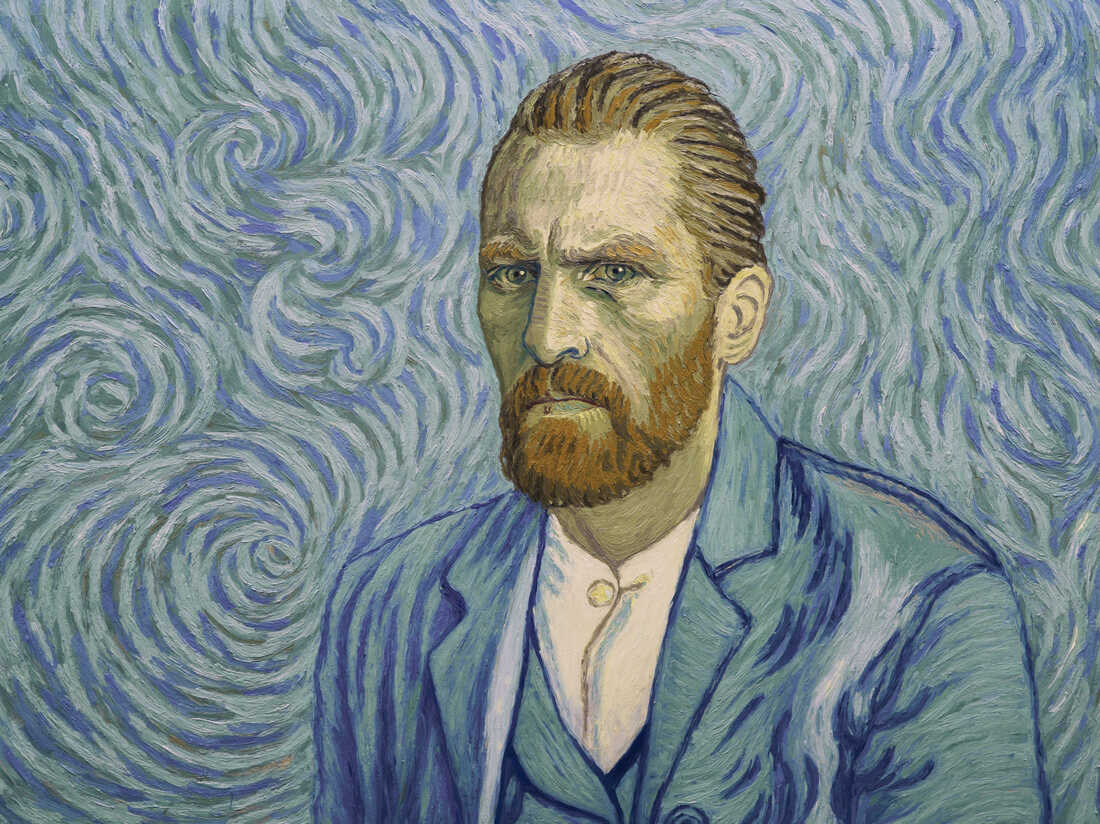
33 interesting facts about Vincent van Gogh
- 👁️ 310
Vincent van Gogh, one of the most influential and celebrated artists in history, left a lasting impact on the world of art. Born on March 30, 1853, in the Netherlands, Van Gogh’s unique style and expressive use of color continue to captivate audiences. Despite facing mental health challenges and personal struggles, he produced a vast body of work that continues to inspire and resonate with people today. Here are several intriguing facts about Vincent van Gogh:
- Vincent van Gogh created approximately 2,100 artworks during his lifetime, including paintings, drawings, and sketches.
- He is best known for his post-Impressionist style, characterized by bold brushwork, vivid colors, and emotional intensity.
- Van Gogh’s most famous painting is “The Starry Night,” created in 1889, which depicts a swirling night sky over a village.
- During his lifetime, Van Gogh only sold one painting, “The Red Vineyard,” which was bought by Anna Boch, a Belgian art collector.
- Van Gogh had a close relationship with his brother Theo, who supported him emotionally and financially throughout his life.
- He struggled with mental illness and experienced several breakdowns, including the famous incident where he cut off a portion of his own ear.
- Van Gogh voluntarily admitted himself to psychiatric hospitals, where he continued to paint during his stays.
- He corresponded extensively with his brother Theo, exchanging hundreds of letters that provide insight into his artistic process and personal struggles.
- Van Gogh was influenced by artists such as Jean-François Millet, Anton Mauve, and Paul Gauguin.
- His early works predominantly featured dark and somber colors, reflecting his mood and the influence of Dutch Realism.
- Van Gogh’s palette brightened and his style became more expressive after he moved to Paris and encountered Impressionist and Neo-Impressionist artists.
- He was inspired by Japanese prints, incorporating their flattened perspectives and vibrant colors into his own works.
- Van Gogh’s mental health deteriorated, and he suffered from episodes of depression, anxiety, and psychosis throughout his life.
- Despite his struggles, Van Gogh produced some of his most iconic works, including “Sunflowers,” “Irises,” and numerous self-portraits.
- Van Gogh painted the famous series of sunflower paintings as a symbol of hope and friendship.
- His artworks were not widely recognized during his lifetime, and his genius was only appreciated after his death.
- Van Gogh’s tragic life and untimely death at the age of 37 have contributed to the romanticized image of the tormented artist.
- He spent the final years of his life in the south of France, where he found inspiration in the vibrant landscapes and sunlight.
- Van Gogh’s artistic career lasted for only about a decade, with his most productive period occurring in the last two years of his life.
- The Van Gogh Museum in Amsterdam houses the largest collection of his works, including paintings, drawings, and letters.
- Van Gogh’s works have set numerous auction records, with his painting “Portrait of Dr. Gachet” selling for a record-breaking $82.5 million in 1990.
- He was a prolific letter writer, and his letters provide valuable insights into his thoughts, artistic philosophy, and personal life.
- Van Gogh had a deep appreciation for nature, often incorporating landscapes and floral motifs in his works.
- He had a troubled relationship with fellow artist Paul Gauguin, culminating in a heated argument and Van Gogh famously cutting off part of his ear.
- Van Gogh’s artistry and emotional turmoil have inspired countless artists, writers, and filmmakers, cementing his status as an icon of art history.
- He had a fascination with painting peasants and the rural working class, capturing their hardships and dignity in his artworks.
- Van Gogh’s signature brushwork, characterized by bold and visible strokes, has influenced subsequent generations of artists.
- His artworks were heavily influenced by his emotional state, with his use of color and composition reflecting his inner turmoil.
- Van Gogh was deeply influenced by the works of Rembrandt, admiring the Dutch master’s use of light and shadow.
- He frequently painted scenes from his immediate surroundings, including his room, his own self-portraits, and the landscapes he encountered.
- Van Gogh’s painting “Portrait of Dr. Gachet” is said to reflect his own struggles with mental health, with the portrait capturing the physician’s melancholic expression.
- Van Gogh’s art has become synonymous with the concept of the “tortured artist,” representing the intense passion and emotional struggles often associated with creativity.
- His legacy extends beyond his artwork, with numerous films, books, and exhibitions dedicated to his life and work.
Vincent van Gogh’s artistic brilliance and turbulent life continue to fascinate and inspire art enthusiasts worldwide. His unique style, expressive use of color, and emotional depth have left an indelible mark on the art world. Despite his personal struggles, Van Gogh’s commitment to his craft and unwavering passion for art produced a body of work that resonates with audiences to this day. The legacy of Vincent van Gogh serves as a testament to the transformative power of art and the enduring influence of an artist’s vision.
Vincent van Gogh, one of the most influential and celebrated artists in history, left a lasting impact on the world of art. Born on March 30, 1853, in the Netherlands, Van Gogh’s unique style and expressive use of color continue to captivate audiences. Despite facing mental health challenges and personal…